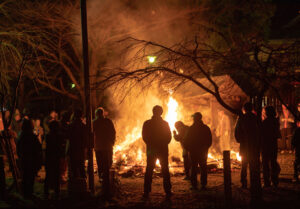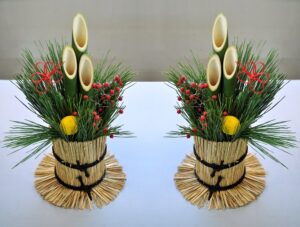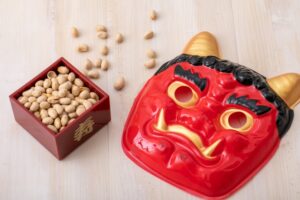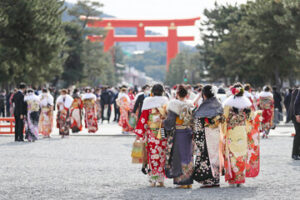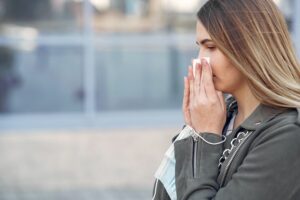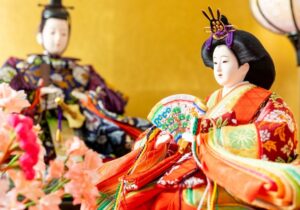Randoseru (school bags) are the schoolbag for Japanese elementary school students. Although the history of randoseru (school bags) is about 100 years old, they have diversified in accordance with the times, and on the other hand, they are becoming a social issue. The following is an introduction to the situation of randoseru in present-day Japan.
Origin and History of Randoseru
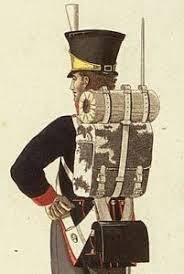
The word “randoseru” is said to have originated from the Dutch word “ransel”.
(Photo National Diet Library)
In the 1850s and 1860s, when the Edo shogunate introduced the military system, “ransel” backpacks were imported from the Netherlands and distributed to officers and soldiers as equipment to store their personal belongings.
In 1885, the “ransel” began to be used as school bags for children at schools attended by children of royalty, noble families, and wealthy families. In those schools, children were transported to and from school in horse-drawn carriages or rickshaws, and school supplies were carried by servants. However, based on the principle of “equality in education,” it was decided that students themselves would carry their own school supplies to school, and the ransel was introduced as a schoolbag.
A bag presented to the then Crown Prince (later Emperor Taisho 1879-1926) by then Prime Minister Hirobumi Ito as a congratulatory gift, the shape of which became the basis for the modern school bag(randoseru). Later, randoseru (school bags) spread throughout Japan, but being made of leather, they were a luxury item and were used among the wealthy in urban areas. In regional cities and among the general public, furoshiki (wrapping cloth) and inexpensive shoulder bags were the main types of school bags used.
It was not until the 1950s that randoseru in their current form became widespread throughout Japan. This was due to Japan’s economic growth and the advent of artificial leather. In recent years, the most common type of randoseru is made of CLARINO man-made leather because of its lightness, durability, and ease of care, but high-end materials such as cowhide and cordovan (horsehide) are also available. In the past, black school bags for boys and red school bags for girls were the mainstream, but since the 2000s, there has been a diversification of shapes and colors.
The Modern Randoseru Situation
Randoseru (school bags) have changed with the times, for better or worse.
Ran Katsu ~ Randoseru (School Bags) Battle of the Adults’ Situation
Japan’s elementary school entrance ceremony is in April, but many parents begin purchasing randoseru (school bags) around July, more than six months before the school year begins.

The series of activities involved in selecting and purchasing a child’s randoseru are known as “Ran-katsu”.
The majority of randoseru production is done by hand; each randoseru has more than 100 components, so some manufacturers are limited in the number of randoseru they can produce in a year. High-end or popular randoseru sell out early or are fully reserved. Therefore, the time for purchasing randoseru is earlier, and parents need to gather information even earlier. Ran-katsu (school bag-buying activity) has become even more intense in recent years, as parents and their children try to buy their favorite school bags.
On the other hand, after January, school bags can go on sale for sale prices. Generally, school bags are purchased before entering elementary school in April and used for six years. New products are also released every year. Therefore, in January, many of the unsold randoseru become sale-priced. There is still plenty of time before the entrance ceremony, but Japanese people are hasty!
Economic Disparity
In recent years, the market price of a randoseru (school bag) has been 50,000 yen. For low-income families, this is a considerable burden. In most public elementary schools, the use of randoseru is not a rule, but most families purchase new randoseru for their children. Since there are many children who use high-priced or brand-name school bags, children who use inexpensive or used school bags may become targets of bullying.
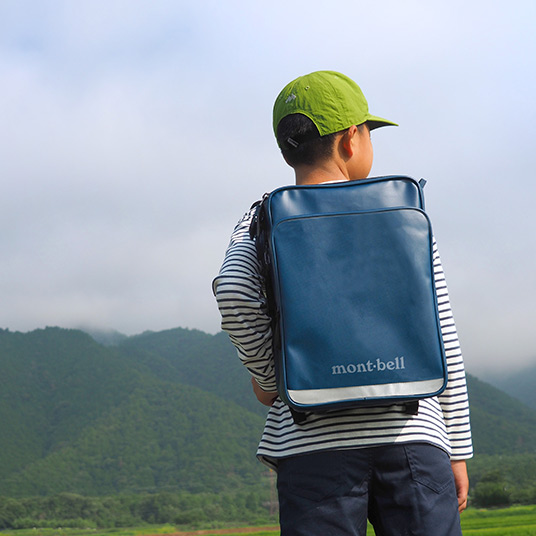
In some areas, randoseru are no longer used, or local governments distribute randoseru or replacement bags to all new students.
Children who own more than one school bag
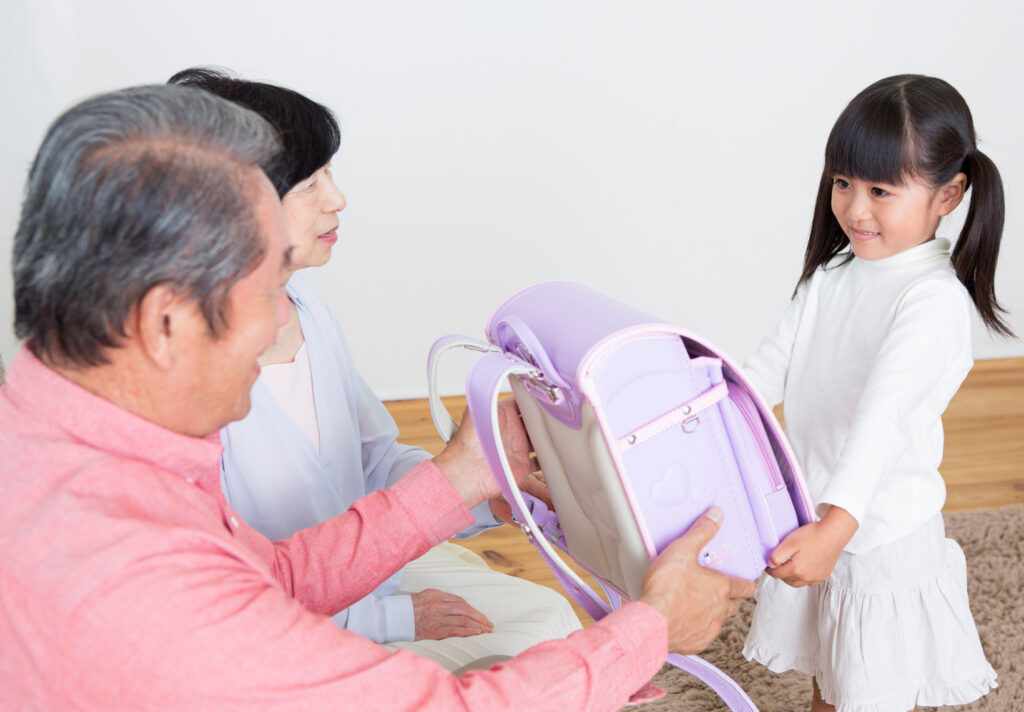
Due to the declining birthrate, grandparents sometimes purchase and present school bags to their grandchildren as a gift for their entrance into elementary school.
Some kids have two or three school bags, bought by their paternal and maternal grandparents, as well as by their own parents.
Physical burden on children
Children are carrying more and more on a daily basis due to the increase in the types of handouts distributed at school, the increased size and number of pages in textbooks, the introduction of tablet devices, and the need to bring drinking water and other items to school. Although school bags themselves are becoming lighter, the increased weight of their contents places a greater burden on children’s bodies.
According to a survey, the average school bag carried by first- through third-graders in elementary school weighs about 4 kg. “School bag syndrome,” in which students become depressed due to physical effects such as stiff shoulders and back pain, as well as a sense of rejection of carrying heavy bags, is on the rise.
Diversification of School Bags
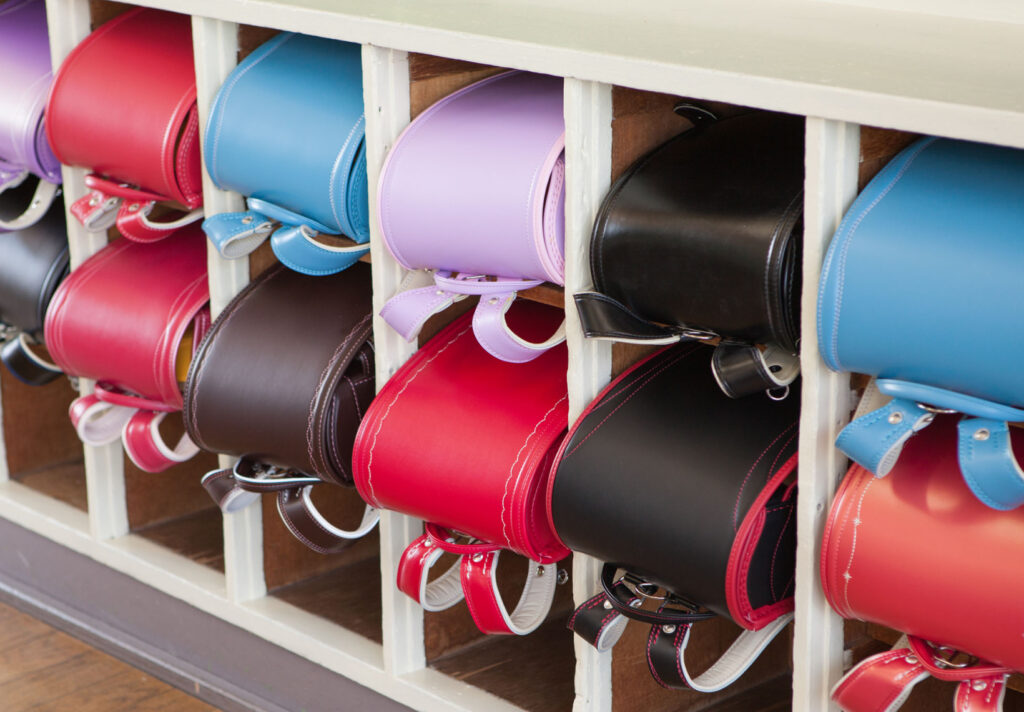
Colors, shapes, and materials are also diversifying.
Red and black are still popular, but pink, brown, purple, and many other colors are now available. Some are made of genuine leather or Clarino, while others are made of lightweight nylon.
Increase in the number of children who do not use randoseru
Many children purchase randoseru (school bags) when they enter elementary school but do not use them for six years due to their growing size or because of stains or damage to their randoseru.
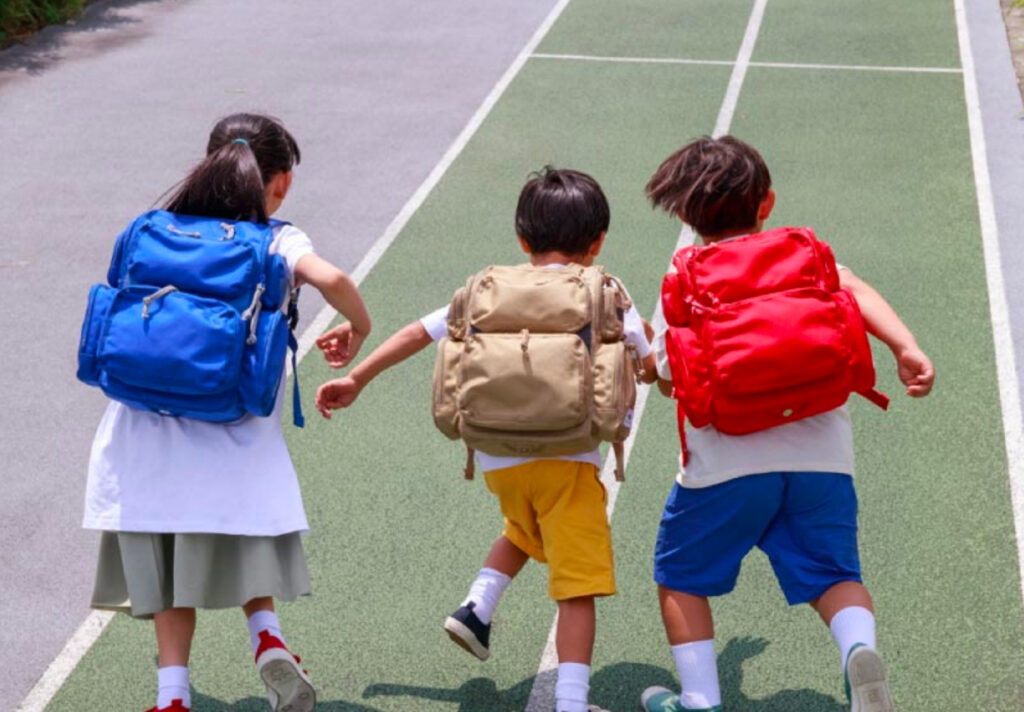
An increasing number of schools and children are using backpacks instead of randoseru (school bags).
School Bags Protect Children
Randoseru (school bags) are both a carrying container for school supplies and a tool to protect children. Generally, children go to elementary schools in Japan by themselves, either on foot, by train, or by bus. Transportation by parents or school buses is only available in some areas and schools.
Yellow Covers or Hats
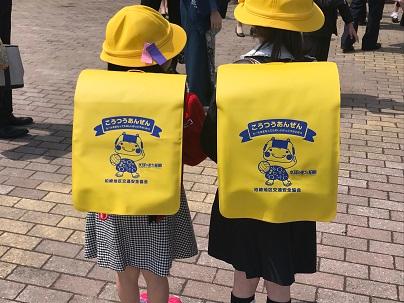
In many schools, yellow covers are donated to new students by traffic safety associations and other organizations for the purpose of traffic safety.
During the first year of elementary school, students wear yellow covers over their school bags to school. In some areas, yellow hats are worn.
If you see children wearing yellow covers, they are in the first grade. Please keep a warm eye on them at crosswalks and narrow streets.
Security buzzer
Security buzzers are now often attached to the side of school bags or on the belt. Although it is best if nothing happens, children are taught to sound the buzzer immediately if they sense danger.
Reflective panels
Reflective panels are often attached to school bags to make them stand out even in dark places.
Carrying case
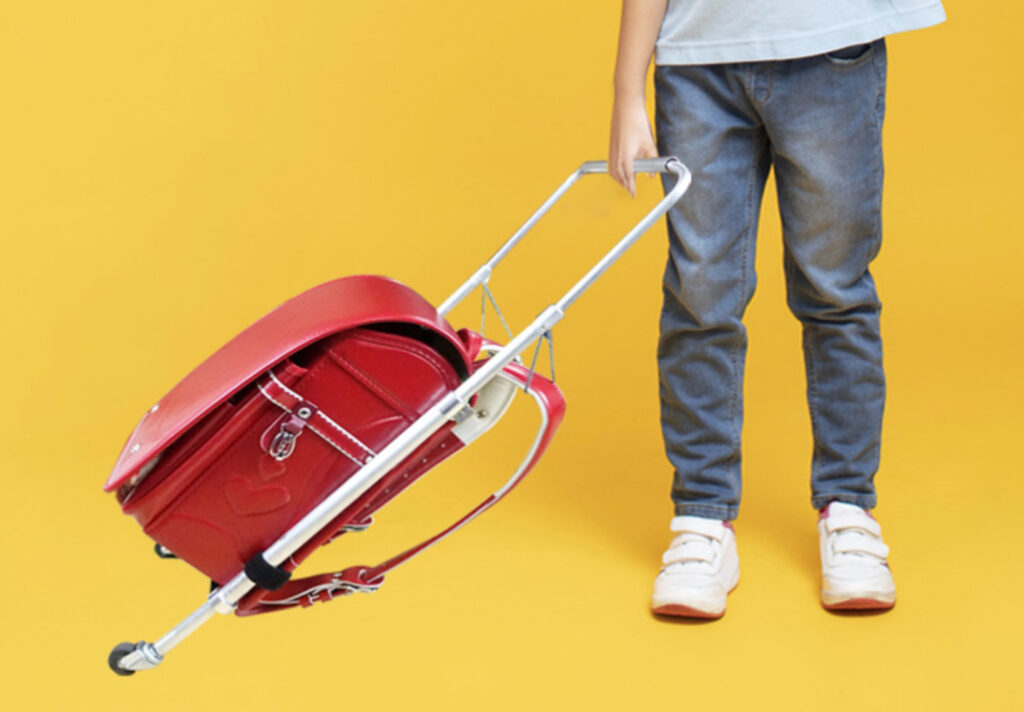
Casters have been developed to attach to school bags to reduce the burden on children’s bodies.
By using casters, they can be carried like a carrying case.
In Japan, randoseru (school bags) used to be used by elementary school students, but after a photo of an American actress wearing a randoseru became popular in 2014, more and more adults are also using randoseru as a fashion item. In addition, an increasing number of travelers who have learned about randoseru through Japanese anime and other media are buying them as souvenirs to take home with them. These days, school bags can be purchased year-round at duty-free stores in airports.
At my age, I do not understand why adults wear randoseru (school bags) on their backs, but I am very happy to see that many people are interested in them.



